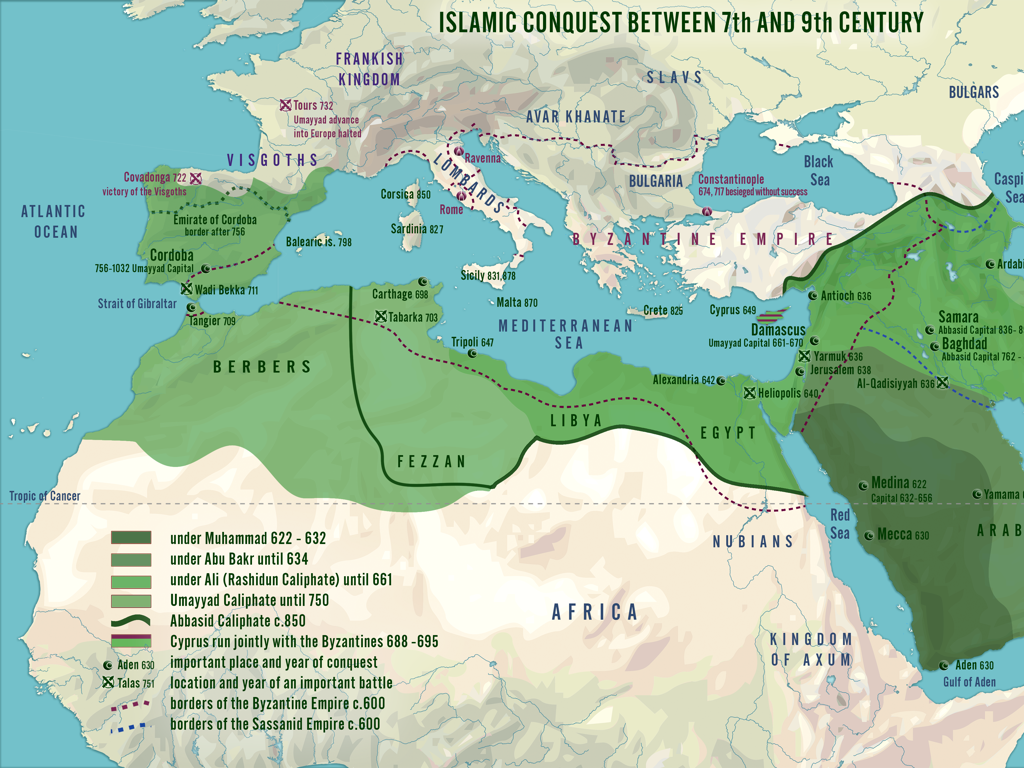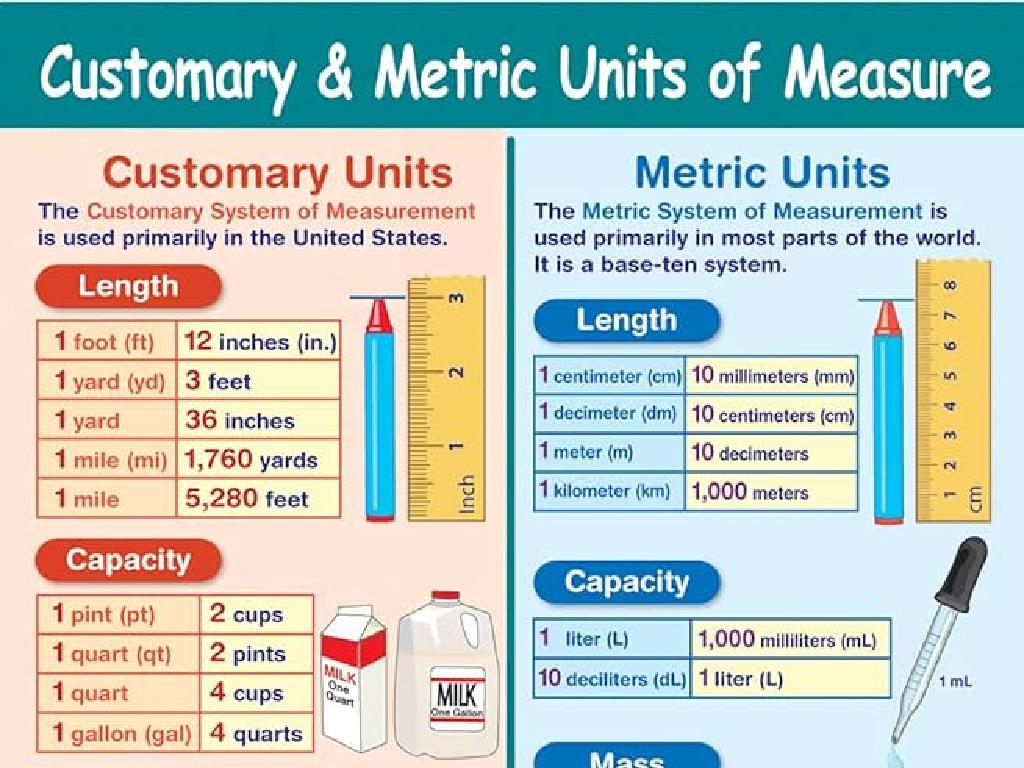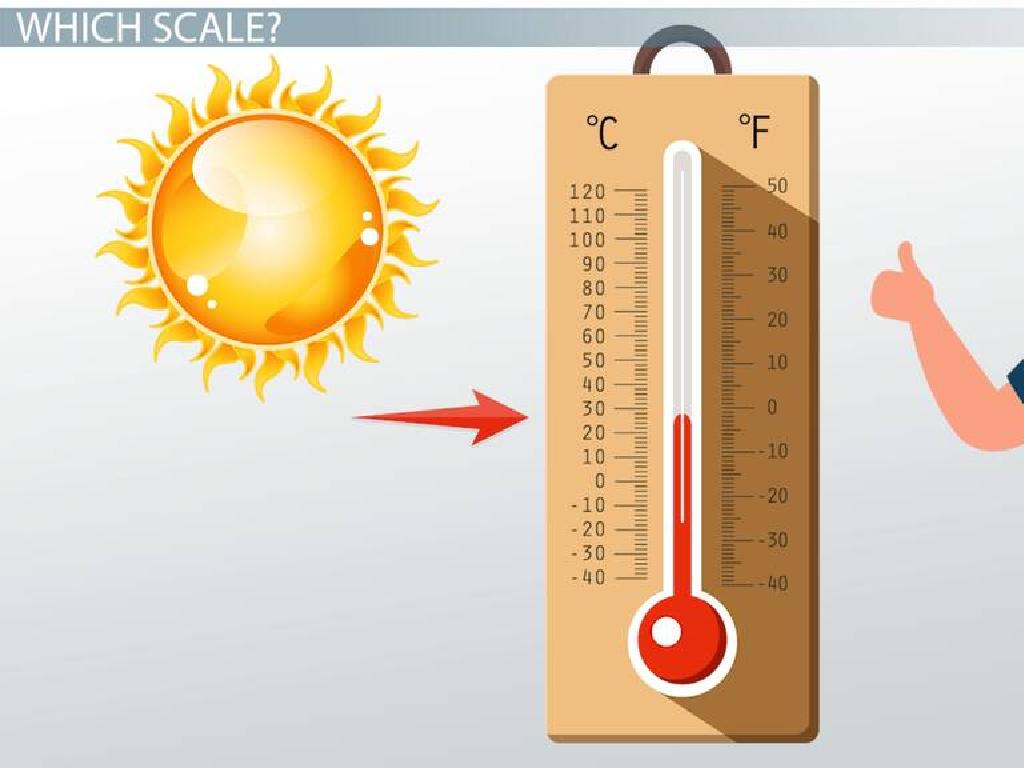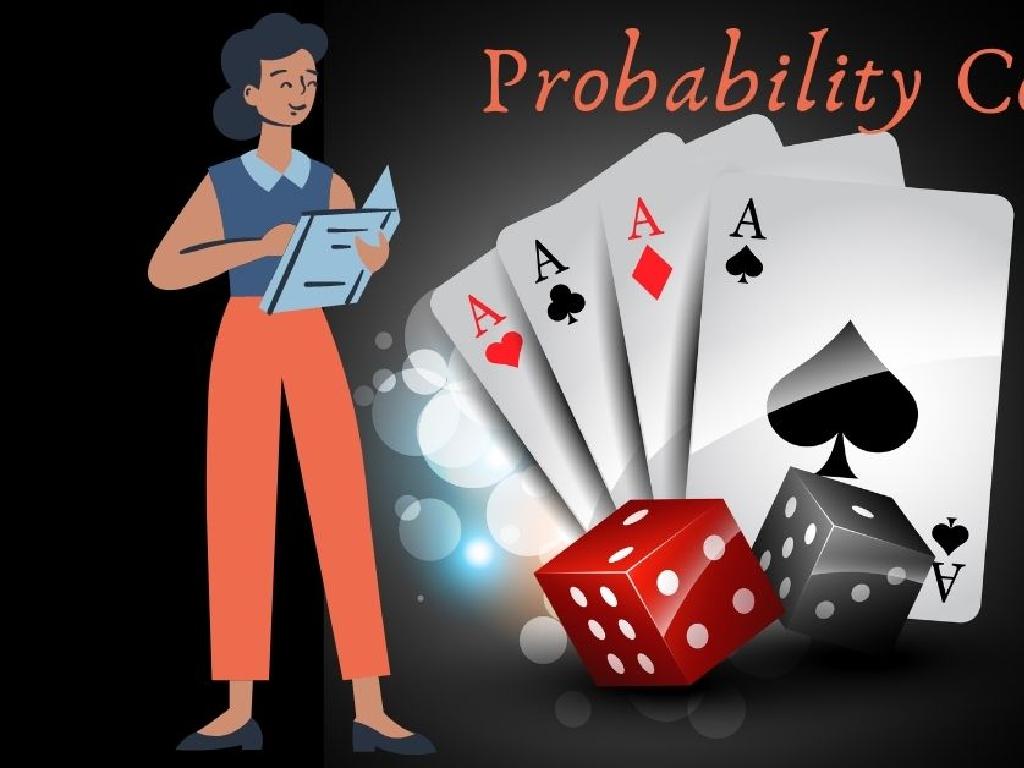Read About Art, Music, And Traditions
Subject: Language arts
Grade: Fourth grade
Topic: Informational Texts: Level 1
Please LOG IN to download the presentation. Access is available to registered users only.
View More Content
Exploring Art, Music, and Traditions
– What are informational texts?
– Texts that provide facts about real-world topics
– The role of informational texts
– They explain complex subjects in an understandable way
– Learning about art through reading
– Read about famous painters and art movements
– Exploring music and traditions
– Discover the stories behind music genres and cultural celebrations
|
This slide introduces students to the concept of informational texts and their importance in learning about various subjects such as art, music, and traditions. Informational texts are a type of non-fiction that provide factual information on a wide range of topics. They are structured to educate and inform the reader in a clear and engaging manner. By reading these texts, students can learn about the history of art, different music styles, and the significance of traditions in various cultures. Encourage students to think about how reading can open up new worlds to them and enhance their understanding of the diverse artistic expressions and cultural practices around the globe.
Exploring Informational Texts
– What are informational texts?
– Texts that give facts about real-world topics
– Sources of informational texts
– Books, articles, websites on various subjects
– Purpose of informational texts
– To inform and educate about different topics
– Examples: art, music, traditions
– Learn about cultural expressions and history
|
This slide introduces the concept of informational texts to fourth-grade students, highlighting their purpose and where they can be found. Informational texts are a key component of educational materials, providing factual information on a wide range of real-world topics. Examples relevant to the students include texts on art, music, and traditions, which can help them understand different cultures and historical contexts. The slide aims to encourage students to explore informational texts as a means of learning and to think critically about the information presented. In the next class, students can be asked to bring in examples of informational texts they have at home or have found in the library.
Exploring Art Through Reading
– Art includes paintings and sculptures
– Think of the Mona Lisa or The Thinker
– Learn about art styles and artists
– Baroque, Impressionism, or Modern art
– Discover famous artworks
– Like Starry Night by Van Gogh
– Understand what art represents
– Art can show history, emotions, or ideas
|
This slide aims to introduce students to the vast world of art through reading. Begin by explaining that art is not just limited to paintings, but also includes sculptures and even buildings. Introduce informational texts as a way to learn about different art styles, such as Baroque or Impressionism, and famous artists like Da Vinci or Van Gogh. Encourage students to think about what different artworks might represent, such as historical events, the artist’s emotions, or broader ideas and messages. Use examples like ‘The Starry Night’ to illustrate how artists convey their thoughts and feelings through their work. The goal is to spark curiosity about art and its various forms, leading to a deeper appreciation and understanding.
Exploring Music Through Reading
– Music’s various forms
– Classical, rock, jazz, and more
– Instruments and rhythms
– Discover types of instruments and the concept of rhythm
– Music in cultures
– Understand music’s role in cultural traditions
– Engage with musical texts
|
This slide aims to introduce students to the diversity of music and its significance in various cultures through informational texts. Begin by discussing different forms of music, such as classical, rock, and jazz, and how each has its own unique characteristics and history. Move on to the instruments used in these genres and the rhythms that define them. Emphasize the importance of music as a reflection of cultural identity and tradition. Encourage students to engage with texts about music to deepen their understanding and appreciation of this art form. Activities can include reading stories about musicians, researching different music styles, and listening to examples to identify instruments and rhythms discussed in their readings.
Exploring Traditions in Informational Texts
– Understanding traditions
– Traditions are practices handed down over time
– Traditions in texts
– Texts describe cultural events like festivals and rituals
– Significance of traditions
– Traditions reflect values and unite communities
– Traditions shape identity
– They help us connect with our heritage and others
|
This slide aims to introduce students to the concept of traditions as portrayed in informational texts. Traditions are the threads that connect generations, and through reading about them, students can gain insights into different cultures and societies. Informational texts serve as a window into the world’s diverse holidays, dances, and ceremonies, offering a rich context for understanding how traditions contribute to cultural identity. Encourage students to think about their own family traditions and how they make them feel connected to their history. This discussion will help them appreciate the role of traditions in shaping individual and collective identities.
Reading Strategies: Exploring Arts and Traditions
– Find the main idea in paragraphs
– What is the author trying to tell you?
– Spot key details for support
– Look for facts or examples that explain the main idea
– Ask questions while reading
– Curiosity helps you grasp concepts better
– Understand and enjoy the text
|
This slide aims to equip students with effective reading strategies tailored for informational texts about art, music, and traditions. Encourage students to actively search for the main idea in each paragraph, which is the central message the author wants to convey. Teach them to identify supporting key details that explain or give evidence for the main idea. Emphasize the importance of asking questions while reading as a way to engage with the text and deepen their understanding. These strategies will not only help students to comprehend the material better but also to appreciate the richness of different cultures through their arts and traditions. During the lesson, model these strategies with a sample text and have students practice with a paragraph related to art, music, or traditions.
Class Activity: Exploring Cultural Texts
– Select a text on art, music, or traditions
– Discuss main ideas and details in groups
– Identify the core message and facts that support it
– Share your group’s insights with the class
– Each group will present their text’s main points
– Reflect on the importance of culture
– Why is learning about different cultures valuable?
|
This activity is designed to enhance students’ comprehension of informational texts while also appreciating diverse cultural aspects. Students will choose a text related to art, music, or traditions, fostering engagement with topics they find interesting. In their groups, they should identify the main idea and supporting details, promoting critical thinking and collaboration. When sharing with the class, encourage them to explain why the information is significant and what they found interesting. This will help them practice public speaking and active listening. As a teacher, facilitate discussions, guide them in identifying key points, and provide a supportive environment for sharing. Possible activities: one group can focus on a traditional dance, another on a music genre, and another on a cultural festival.
Sharing Our Discoveries
– Present your informational text
– Discuss text insights on the topic
– How did the text deepen your understanding of art, music, or traditions?
– Reflect on new learnings
– Mention an interesting fact or idea that was new to you today.
– Share your group’s experience
– Talk about how your group worked together to explore the topic.
|
This slide is meant for students to share what they’ve learned about art, music, and traditions from their informational texts. Each group will take turns presenting their findings to the class. Encourage students to discuss how the text provided them with a better understanding of the topic and to reflect on new information they’ve learned. This activity promotes active listening, reflection, and public speaking skills. As a teacher, facilitate the discussion by asking probing questions and providing feedback. Possible activities include creating a class mural of new learnings, a mini-quiz game on the facts presented, or a reflection journal entry.
Exploring Traditions: Homework Assignment
– Congrats on today’s learning journey!
– Homework: Research a tradition
– Choose any tradition that sparks your interest
– Write a paragraph on your findings
– Include key facts and new insights gained
– Share why you found it fascinating
– Reflect on the importance or uniqueness of the tradition
|
Today’s class was all about understanding informational texts and how they can teach us about the world’s art, music, and traditions. For homework, students are encouraged to find an informational text about a tradition they are curious about. This could be a holiday, a cultural practice, or a family tradition. They should write a paragraph summarizing what they learned and express why they found it interesting. This exercise will help reinforce their reading comprehension skills and allow them to explore the diversity of cultural practices. In the next class, be prepared to discuss the paragraphs and share insights on the various traditions explored by the students.






